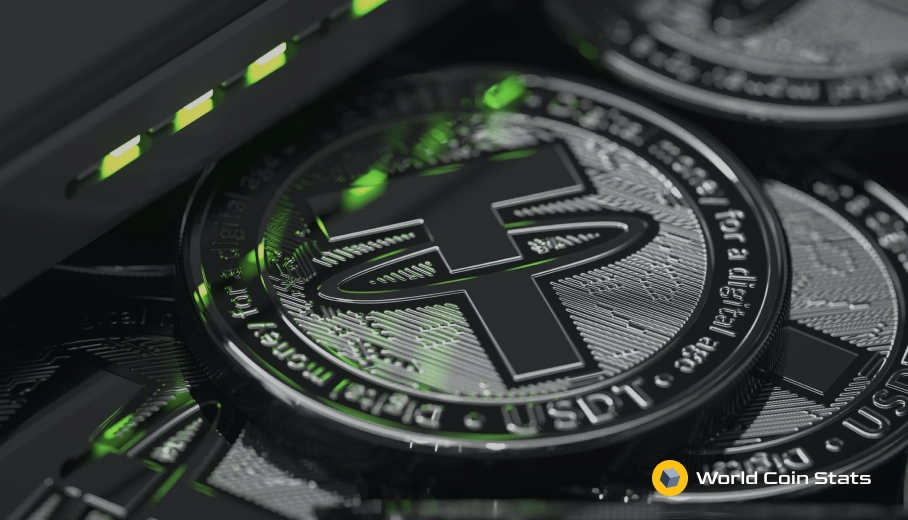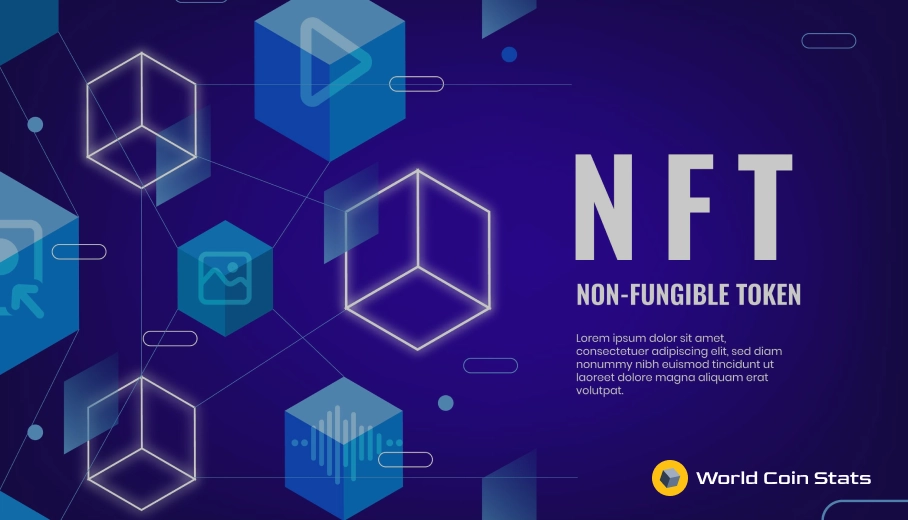Stablecoins Are The Business of The Future
Stablecoins have made waves across the cryptocurrency community for years. The reason for this is pretty basic at the end of the day – the value of a stablecoins remains stable, which makes conducting transactions much easier.
Anyway, stablecoins are starting to emerge as a legitimate alternative to traditional fiat currency. This article will explain why these stablecoins are, in fact, the business of the future.
What Are Stablecoins?
As explained earlier, stablecoins are cryptocurrencies that are pegged to another currency to keep the value stable.
Stablecoins come in two varieties – fiat backed stablecoins and crypto backed stablecoins.
A fiat backed stablecoin relies on a private company holding an amount of fiat currency in reserve and then issuing a cryptocurrency that can be exchanged 1:1 for that fiat currency.
Tether is a good example of a fiat backed stablecoin. Tether allegedly has a 1:1 backing of USD to Tether coin (USDT), which means that you can always exchange 1 USDT for 1 USD.
Of course, this has been called into question because Tether has never been audited and even admitted to not having a full 1:1 backing on USDT. And that’s the problem with fiat backed stablecoins.
They are simply too open to fraud.
This brings us to the alternative – crypto backed stablecoins. Dai is the most popular example.
Dai is backed 1:1 with USD. However, there is no central authority that holds a reserve fiat currency. Instead, Dai has a series of automatic smart contracts that hold Ether and allow users to deposit Ether in exchange for $1 worth of Dai.
We like this system because it’s decentralized. Remember, it’s a public smart contract, so the Ether reserves held in the smart contract are public information.
In other words, there is no need to rely on an audit or blind faith that the company has a 1:1 backing.
Uses for Stablecoins
Stablecoins have a lot of uses for commerce and transactions.
We like to look at as cryptocurrencies are more analogous to gold and stablecoins are more similar to currency. No one uses gold for transactions because the value increases over time, so you look back in five years and realize you could have made more money by simply holding the gold or cryptocurrency.
A stablecoin does not have this problem. The value remains stable forever, so there is less hesitancy about spending them.
Additionally, a stablecoin does not fluctuate in value. You do not have to worry about accepting a stablecoin as payment and the value falling 30% in a few days.
Anyway, here are the uses for stablecoins.
eCommerce
The obvious use for stablecoin is any form of eCommerce. eCommerce websites can accept stablecoins as payment for much lower fees than other merchant services. But the stores do not have to worry about the value decreasing as it sits in their wallet.
In our opinion, eCommerce is a huge use for stablecoins that is not even close to being fully utilized.
International Transfers
International transfers are another perfect use for stablecoins. In fact, we would say that international transfers make more sense with a stablecoin than traditional finance.
For instance, transferring money abroad requires a lot of paperwork and high transaction fees with traditional finance.
If one uses a stablecoin for international transfers, then all of those problems are eliminated. It’s possible to send Dai anywhere in the world and the receiving party can simply sell it for fiat currency on a cryptocurrency exchange.
It’s easy and requires very little work in countries that have strict financial regulations on international transfers.
Of course, this has led many to believe that stablecoins like Tether are used for money laundering.
But that’s just something that happens with decentralized finance. It’s not worth completely eliminating a stablecoin to prevent something that sometimes happens on the network.
Government Backed Stablecoins
Government backed stablecoins are, in our opinion, the future of stablecoins. Specifically, a central bank digital currency (CBDC).
This is essentially the tokenization of a fiat currency by a central bank. For instance, there could be a FED coin that can be used for digital transactions that the Fed will exchange for $1 USD.
It’s a stablecoin backed by a central bank. Now, we see this as the most likely avenue that stablecoins will take over the next decade.
Central banks see the benefits of using a cryptocurrency, but do not like the decentralization of public blockchains. This is why we expect central banks to begin tokenizing their currencies in the medium-term future.
The Most Popular Stablecoins
There are a lot of stablecoins floating around, but not all of them are particularly popular. This section will explore the three most popular stablecoins.
Tether
Tether is the most popular stablecoin by a large margin. In fact, Tether is one of the most popular cryptocurrencies with a market cap of $35 billion. That market cap makes Tether the fifth largest cryptocurrency by market cap.
Unfortunately, Tether is an extremely controversial stablecoin. Lawyers representing the company admitted in court that the currency is not backed 1:1 by US currency, which led many to question how much Tether actually has in reserves.
Many have theorized that Tether is running a sort of fractional reserve stablecoin and essentially printing USD (in the form of unbacked Tether) in order to drive the price of Bitcoin up.
Not to mention that Tether has never been audited nor produced any proof that they are 1:1 backed, which both look extremely suspicious.
That said, Tether is a useful stablecoin because most exchanges accept it in lieu of fiat currency. We just do not recommend holding it for an extended period of time because it could collapse at any time.
USD Coin
USD Coin (USDC) is a similar stablecoin to Tether, but it is not nearly as popular with a market cap of $8.9 billion.
The good thing with USD Coin is that it has backing from Coinbase, which is going public later this year. This means that the chances of USD Coin not being backed 1:1 are much less than other stablecoins, but it’s still a risk.
Dai
Dai is decentralized finance’s (DeFi) response to allegations of fraud at Tether. Users send Ether to the Dai smart contract and receive an amount of Dai ($1 USD = 1 Dai) in exchange. Users can also send Dai to the smart contract and receive Ether in exchange for the Dai.
The best part about Dai, however, is that it’s 100% decentralized and the vault is open for public viewing. Really, there is no chance that you will be unable to cash out your Dai for Ether because that mechanism is based on an automatic smart contract.
Despite this, Dai is still not a particularly popular stablecoin with a market cap of $2.4 billion and most of the use for Dai occurring on DeFi protocols.
Still, we find Dai the most promising stablecoin. Fiat backed stablecoins seem doomed for failure at some point in the future and a DeFi option will emerge to replace it.
Final Thoughts
That covers it for the future of stablecoins. Stablecoins, whether they are decentralized like Dai, centralized like Tether, or government sanctioned like a CBDC, are here to stay.
Really, stablecoins offer all the benefits of the blockchain and public ledgers without the downside of having the value of the cryptocurrency lose 30% of it’s value in a matter of a few days.




